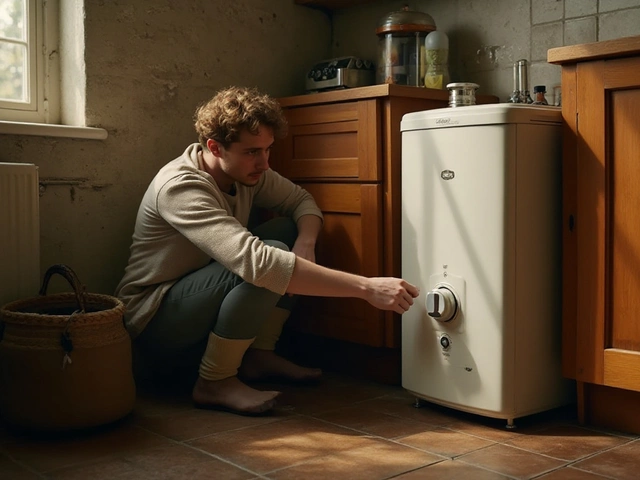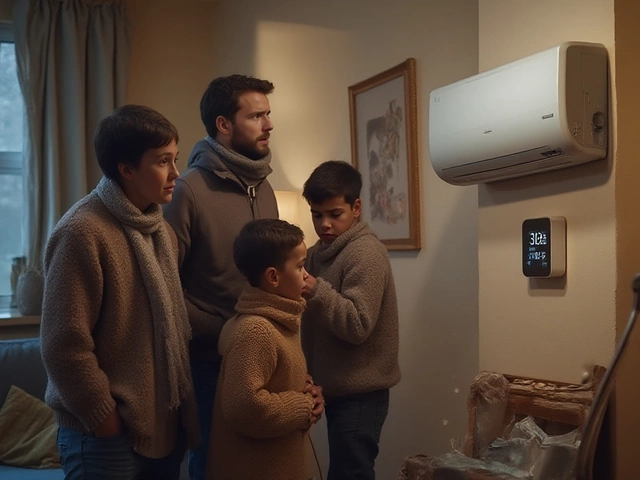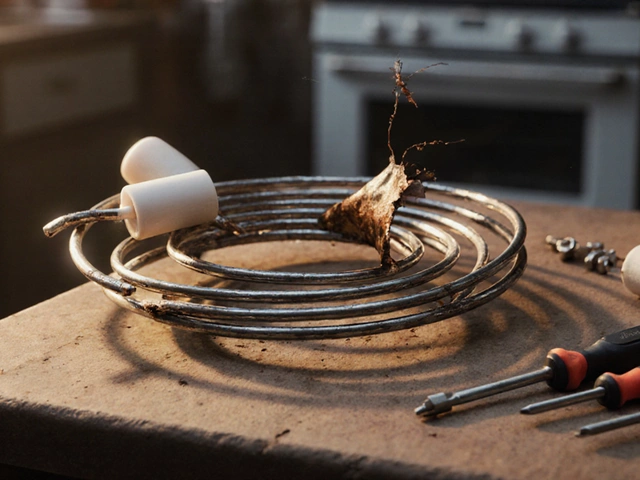Kitchen Fan Repair: Quick Fixes You Can Do Today
If your kitchen fan is noisy, weak, or stopped working, you don't have to call a pro straight away. Most kitchen fans are simple devices, and a few checks can solve the problem fast. This guide shows you the most common issues, easy DIY fixes, and when it’s time to call a specialist.
Common kitchen fan problems
First, figure out what’s wrong. Here are the typical signs you’ll see:
- Fan won’t turn on: Usually a power issue – check the switch, plug, and circuit breaker.
- Weak airflow: Dust and grease buildup on the blades or motor can choke the fan.
- Loud rattling or grinding: Loose screws, a bent blade, or a worn bearing often cause the noise.
- Flickering lights on the fan: Bad wiring or a failing capacitor is the culprit.
- Bad odours: Grease trapped inside can overheat and smell burnt.
Spotting the symptom helps you choose the right fix without wasting time.
How to fix or maintain your fan
1. Safety first. Turn off the fan, unplug it, and switch off the circuit breaker. You don’t want a shock while you work.
2. Clean the blades. Remove the cover (usually a few clips), then wipe the blades with a damp cloth and mild detergent. A soft brush gets rid of stubborn grease. Clean the motor housing as well – dust can heat the motor and reduce performance.
3. Tighten everything. Loose screws cause vibration and noise. Grab a screwdriver and tighten the mounting brackets, the cover, and any screws on the fan housing.
4. Check the motor. If the fan spins slowly after cleaning, the motor may be failing. Lightly oil the bearings with a few drops of machine oil if the motor design allows it. If the motor still struggles, replace it – they’re cheap and straightforward to swap.
5. Test the switch and wiring. Use a multimeter to see if power reaches the fan when you flip the switch. If the switch is dead, replace it. Look for frayed wires; cut away any damaged sections and reconnect with proper connectors.
6. Replace the capacitor. A flickering light or fan that starts then stops often points to a bad capacitor. Capacitors are inexpensive; disconnect the old one, match the voltage rating, and install the new part.
7. Re‑assemble and run a test. Put the cover back on, plug the fan in, and turn it on. Listen for unusual sounds and feel the airflow. If everything feels solid, you’ve saved a call‑out fee.
If you’ve tried these steps and the fan still won’t work, it’s time to call a professional. A trained technician can diagnose deeper motor issues or electrical faults safely.
Regular maintenance makes a big difference. Wipe the fan every month, especially after cooking greasy meals. A quick visual check each season for loose screws or grime keeps the fan humming efficiently and extends its life.
Now you know how to troubleshoot, clean, and repair a kitchen fan yourself. Keep these tips handy, and you’ll enjoy a quieter, stronger fan without the hassle of expensive repairs.






